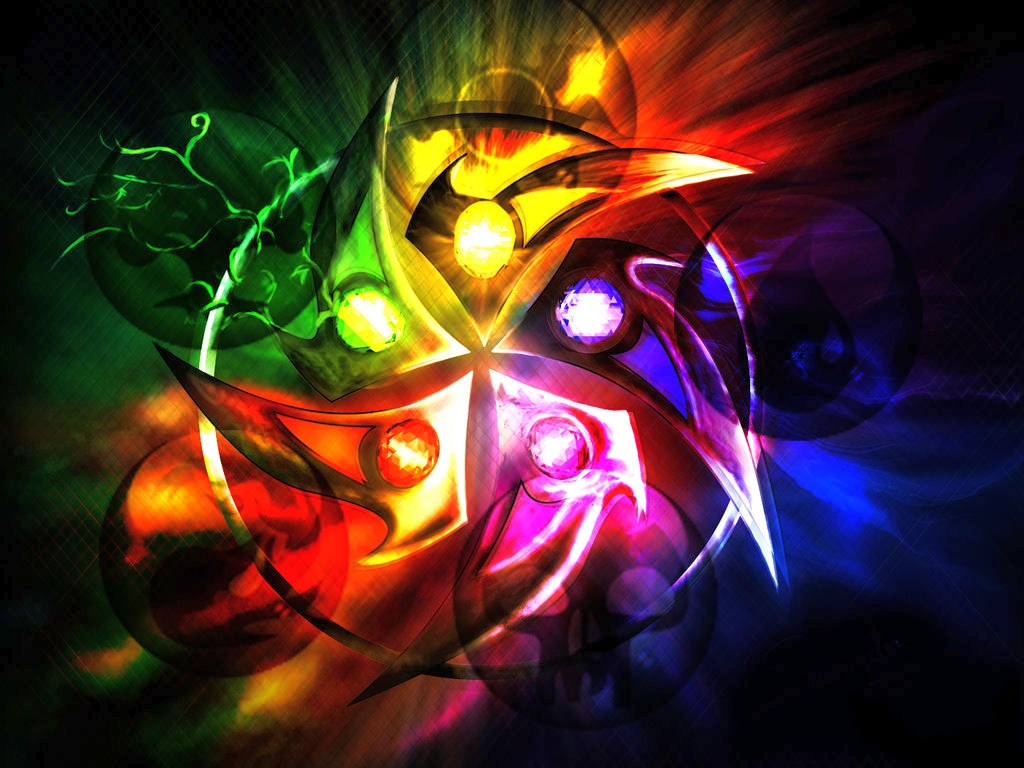Images credit - Avatar: The Last Airbender - Nickelodeon Avatar Aang to Katara, 'If you want to be a bender, you have to let go of fear.' The system of five elements are found in Vedas, especially Ayurveda, the pancha mahabhuta, or "five great elements", of Hinduism are bhumi (earth), ap or jala (water), tejas or agni (fire), marut, vayu or pavan (air or wind) and vyom or shunya (space or zero) or akash (aether or void). - Wikipedia Duality -2 There is duality inherent to each of the five elements mentioned above. Each element has benevolent, life-giving, nurturing forms, and also destructive forms. For instance: Water in the form of rain gives life. As flood and storm it takes life. Fire is life-giving when harnessed. When out of control it’s the very symbol of destruction. Earth gives rise to crops and trees. It also quakes and swallows. We breathe air to live. In the shape of a tornado, it sweeps away everything in its path. Emptiness in the form of loneliness and depression could be debilitating. Whereas in the form of Nirvana it is the highest spiritual state one can reach. - Sharath Komarraju Classical elements typically refer to the pre-scientific concepts in Ancient Greece, of earth, water, air, fire, and aether, which were proposed to explain the nature and complexity of all matter in terms of simpler substances. Ancient cultures in Egypt, Babylonia, Japan, Tibet, and India had similar lists, sometimes referring in local languages to "air" as "wind" and the fifth element as "void". The Chinese Wu Xing system lists Wood (木 mù), Fire (火 huǒ), Earth (土 tǔ), Metal (金 jīn), and Water (水 shuǐ), though these are described more as energies or transitions than as types of material. - Wikipedia
0 Comments
Your comment will be posted after it is approved.
Leave a Reply. |
Archives
November 2023
|

 RSS Feed
RSS Feed
